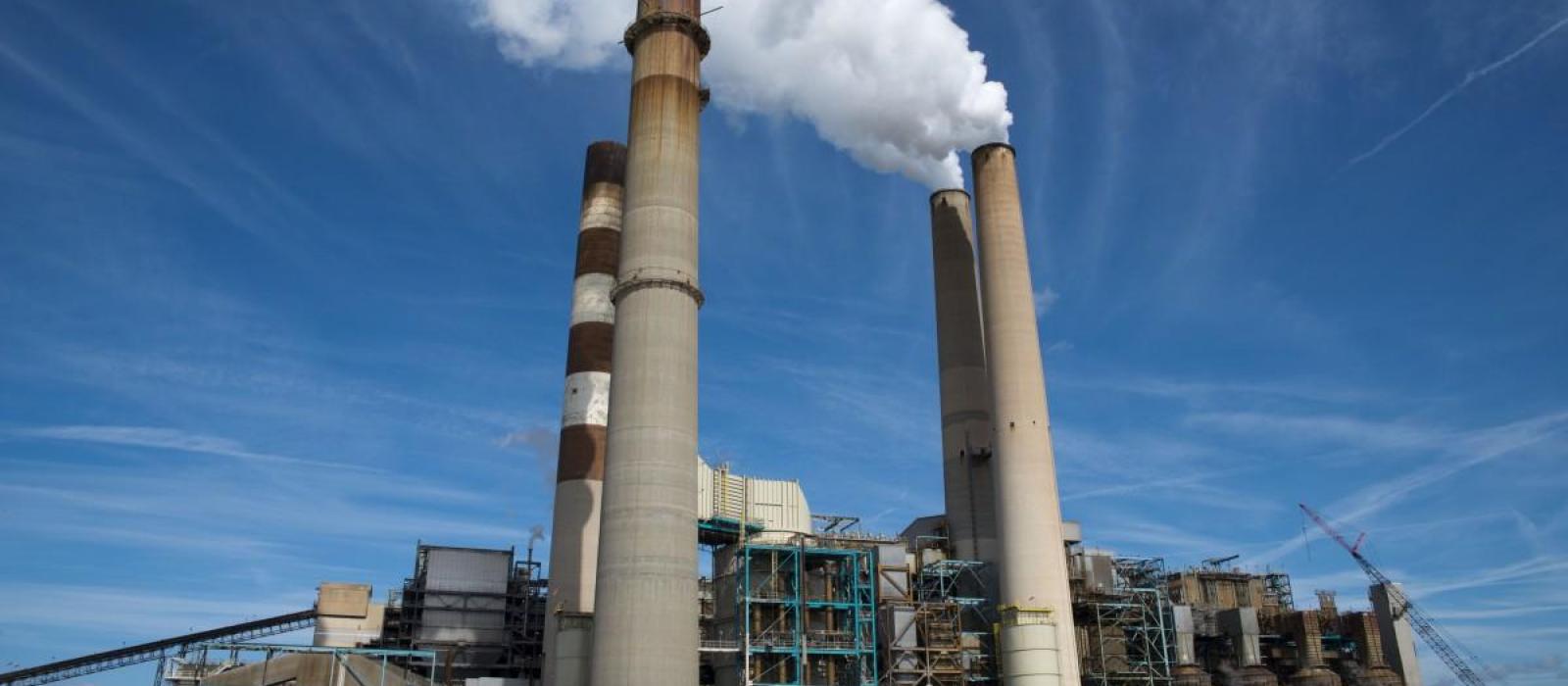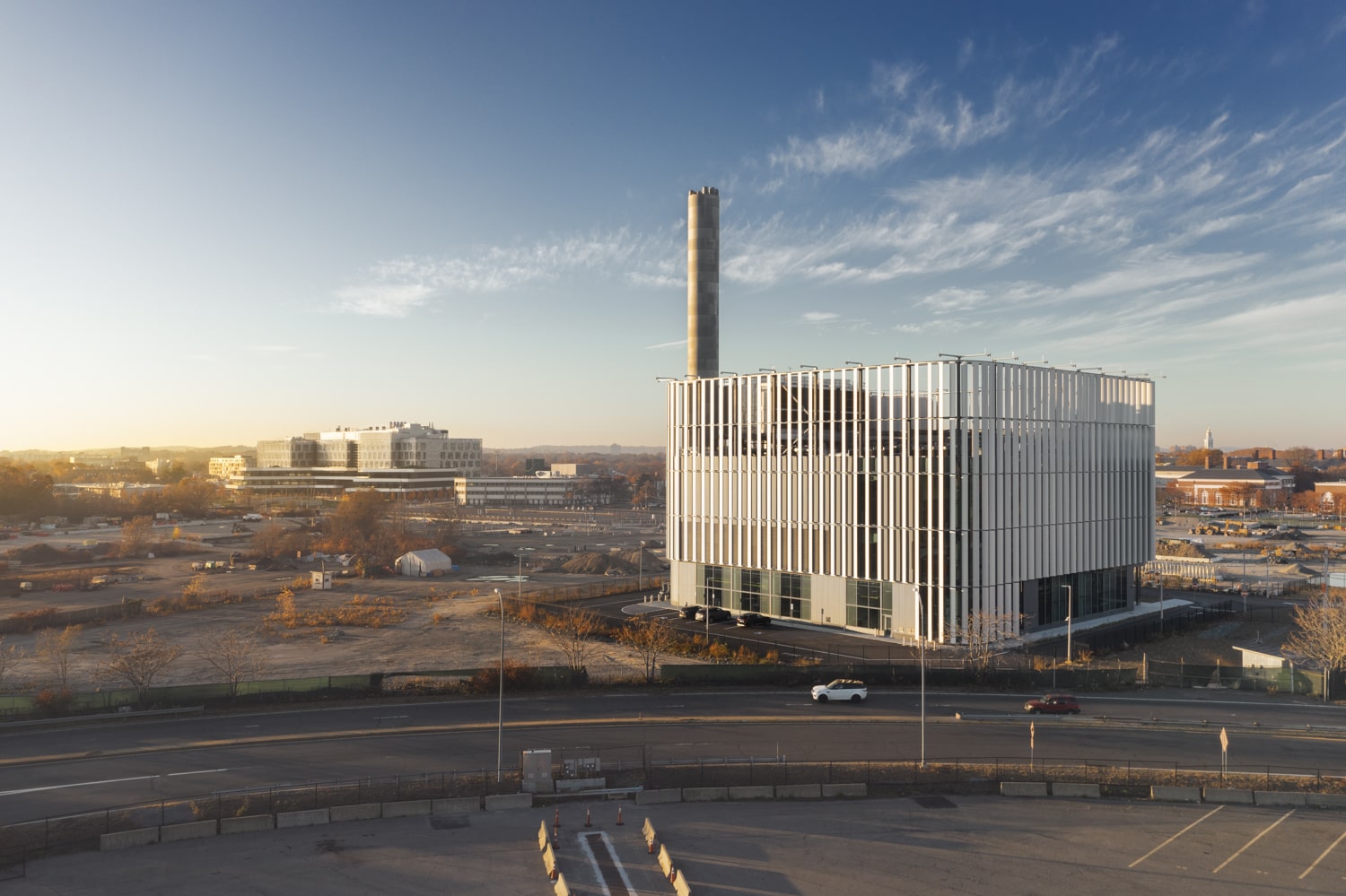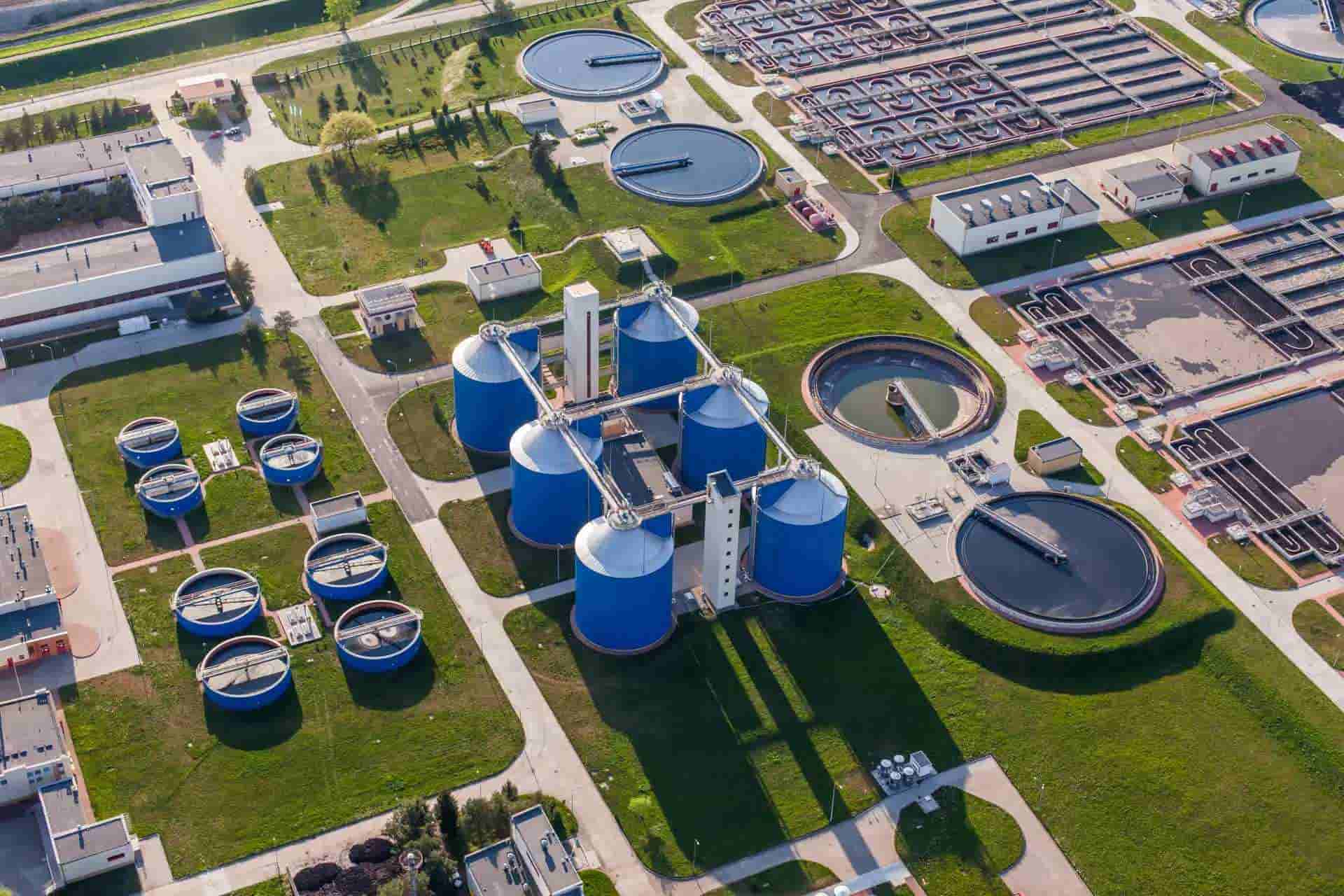Syngas, also known as synthesis gas, is a versatile fuel and chemical feedstock created by gasifying or pyrolyzing carbonaceous materials. CO, H2, CO2, and CH4 make up the combination. Syngas can be made from biomass, coal, municipal garbage, or polymers. Power generating, heating, and fuel, chemical, and synthetic material synthesis are among its uses. Syngas can use renewable or waste feedstocks, helping to transition to a low-carbon energy future.
Production of Syngas
Syngas is produced by gasification, pyrolysis, biomass gasification, coal gasification, waste-to-energy gasification, steam reforming, partial oxidation, autothermal reforming, and plasma gasification. Gasification techniques heat carbon-containing materials in the absence of oxygen to break them down and produce syngas.
Syngas is produced by thermal breakdown of organic molecules in the absence of oxygen in pyrolysis. These techniques generate syngas from a variety of feedstocks, making it a versatile fuel.
Advantages of Utilizing Syngas in Gas Engines
- Renewable: Syngas is made from carbonaceous materials like biomass, coal, or municipal garbage.
- Versatile: Gas engines using syngas can generate electricity and heat.
- Syngas generation reduces environmental impact by using trash.
- Syngas-powered gas engines reduce carbon emissions compared to fossil fuels.
- Energy efficiency: By reusing power generation heat, syngas-powered gas engines can maximise energy efficiency.
- Energy security: Syngas diversifies fuel sources and reduces dependency on traditional fuels.
- Local power generation: Syngas-based gas engines generate electricity on-site, eliminating transmission losses and enhancing efficiency.
- Sustainable development: Syngas promotes resource efficiency and waste management.
- Flexibility: Syngas can be made from many feedstock sources, allowing fuel choices based on availability and cost.
- Economic benefits: Syngas can reduce energy prices and turn waste into energy.
Combined Heat and Power (CHP)
Combined Heat and Power (CHP) systems, also known as cogeneration, efficiently generate electricity and heat from a single fuel source. This integrated system converts waste heat from electricity generation into thermal energy for heating and other industrial applications. CHP systems can boost energy efficiency by up to 90% by capturing and using lost heat.
This minimises greenhouse gas emissions, grid electricity use, and energy efficiency. Industrial facilities, hospitals, universities, and district heating systems use CHP systems to save energy and money.
Composition of Synthesis Gas
Syngas composition depends on feedstock and gasification or pyrolysis method. H2, CO, CO2, CH4, and N2 are typical syngas components. H2 (20-40%), CO (35-40%), CO2 (25-35%), CH4 (0-15%), and N2 (2-5%). These composition changes affect syngas’ combustion behaviour and energy content, making gas quality criteria required for its use in gas engines and chemical synthesis.
Syngas in Chemical and Fuel Production
Syngas, a versatile feedstock for chemical and fuel generation, is essential. Methanol, ammonia, and synthetic fuels are made from it. Fischer-Tropsch synthesis turns syngas into gasoline, diesel, and jet fuel. It produces hydrogen for fuel cells and industrial applications. Syngas produces speciality chemicals that enhance polymers, pharmaceuticals, and agriculture.









